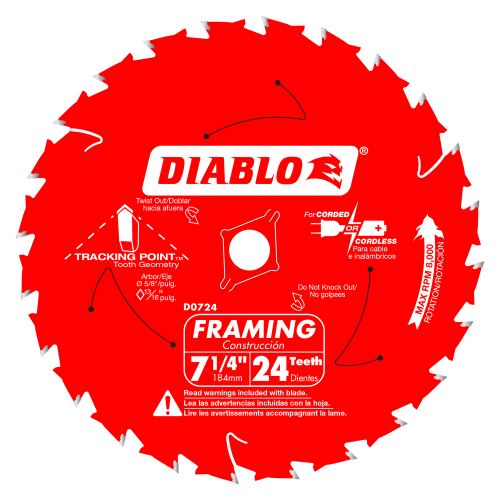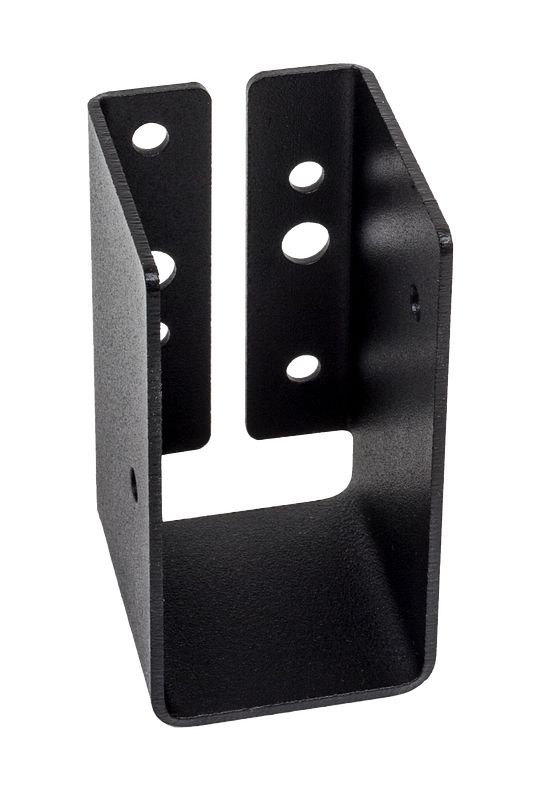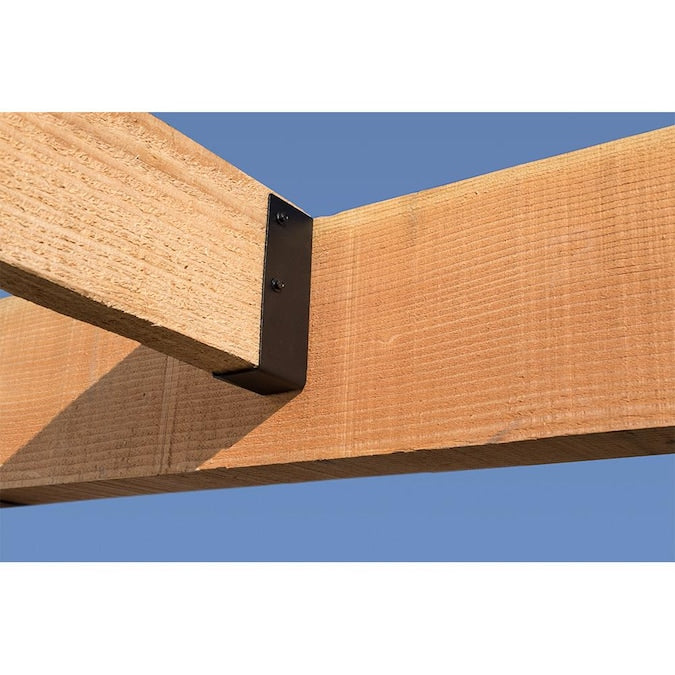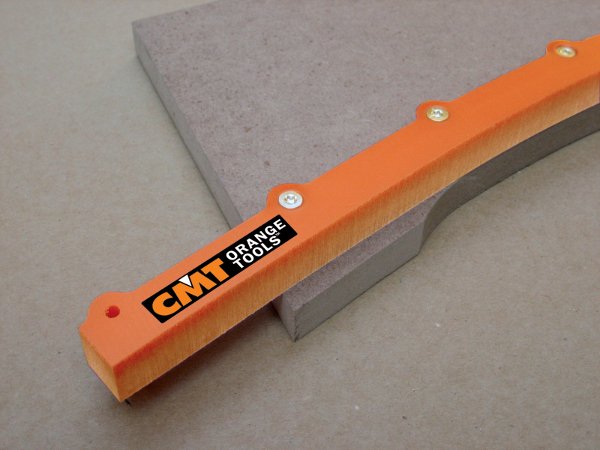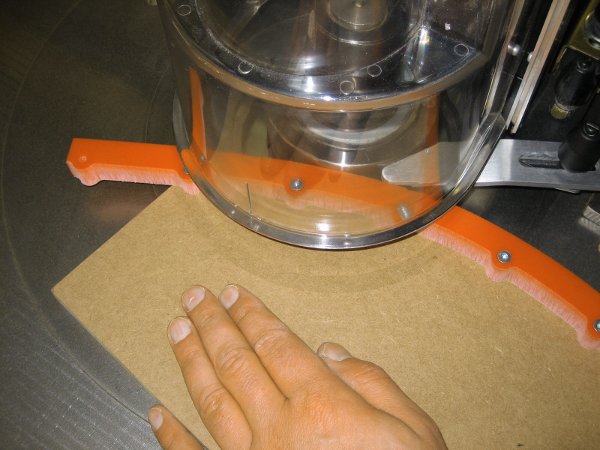Hurricanes bring a devastating force, threatening the structural integrity of countless homes. Many homeowners turn to hurricane straps to combat the lifting power of these storms. These vital components, especially when affixed to a building's foundation, add a layer of safety, anchoring the structure to its base. This guide will walk you through the vital steps to get it done right.
Understanding The Purpose Behind The Straps
A hurricane strap serve a pivotal function in safeguarding structures. Connecting the building's framework to its foundation reduces the chances of uplift during high winds. The straps act as a binder, ensuring the entire structure moves as a singular unit rather than parts of it getting torn away during severe weather.
Selecting The Right Straps
Not all straps are created equal. When choosing hurricane straps for your foundation, consider material, length, and corrosion resistance. Galvanized steel straps, for instance, offer rust protection, ensuring longevity. Moreover, the straps must comply with local building codes and have the strength to withstand a hurricane's force.
Preparation: Clearing and Cleaning The Area
Before the actual installation begins, it's essential to prep the area. The space where the straps will attach to the foundation should be clean and free from any obstacles or debris. Any existing paint or sealer must be removed to ensure the straps adhere securely. This will ensure that the straps have a clean surface to grip, maximizing their effectiveness.
Attachment: Securing Straps to the Foundation and Framework
Once the area is prepared, it's time to attach the straps. Begin by positioning the strap on the foundation, ensuring it spans the joint between the foundation and the wooden framework of the structure. Use anchor bolts or other appropriate fasteners to attach one end of the strap to the foundation, ensuring it's snug and flat. The other end should wrap around or over the framework, attaching with nails or screws. The key here is a tight fit, with no gaps or loose areas, to provide maximum protection.
Routine Inspection and Maintenance
After installation, it's not a 'set it and forget it' scenario. Regular inspections of the hurricane straps are crucial. Look for any signs of wear, rust, or loosening. If any part of the strap shows signs of damage or wear, it's essential to replace or repair it immediately. Remember, the durability and strength of these straps stand between the structure's safety and potential damage.
The Value of Choosing Simpson Strong-Tie Connectors
Simpson Strong-Tie connectors have established themselves as a leading choice for many professionals. Known for their robust construction and superior quality, they offer an added layer of confidence when fortifying structures against potential storm damage.
Simpson Strong-Tie connectors stand out not just because of their robustness but also due to their versatile design. They seamlessly integrate with various building styles and requirements. Whether you are reinforcing a new building or upgrading an existing one, these hurricane ties, with their wide range of design options, ensure that the structural enhancements do not stand out like a sore thumb but blend in harmoniously. By opting for such high-quality connectors, homeowners and builders ensure that the structure remains safe and aesthetically pleasing.


